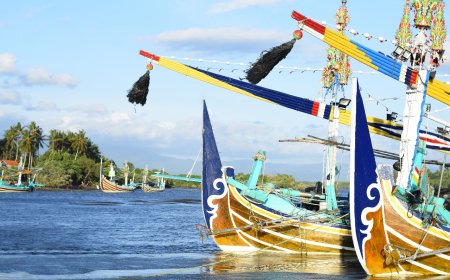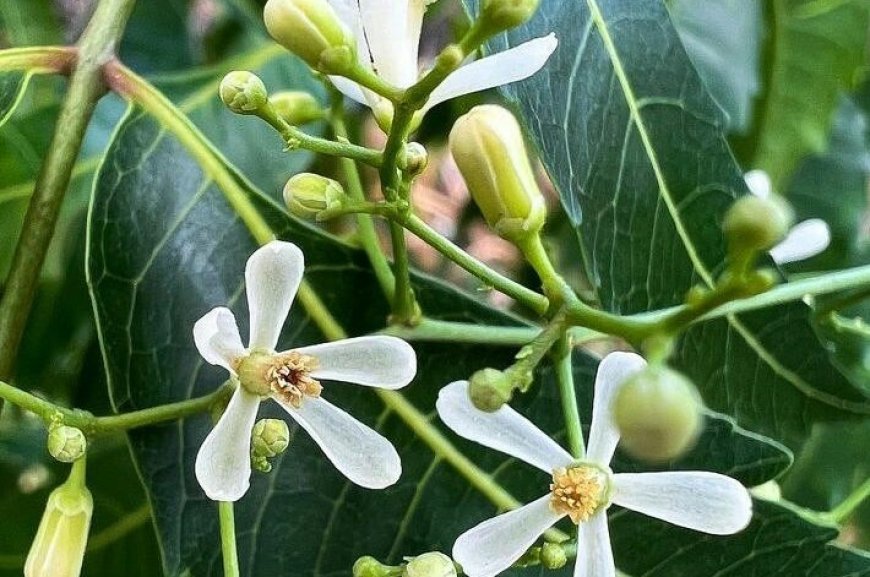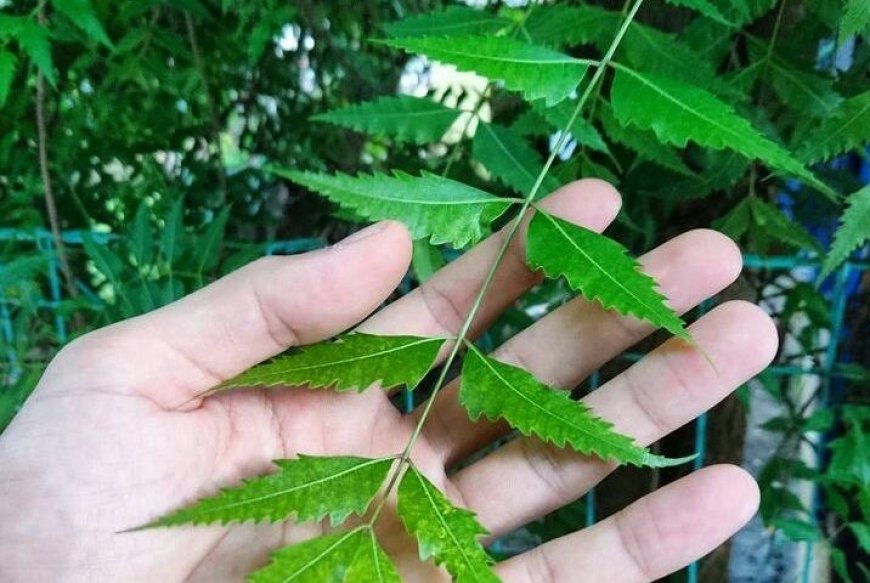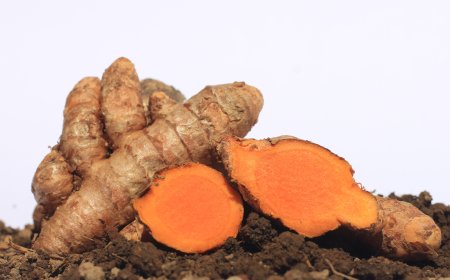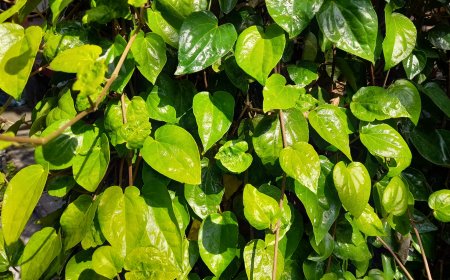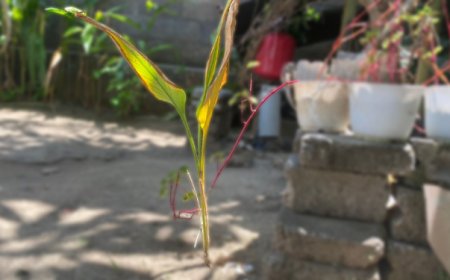Intaran: The Miracle Tree and Its Mythology
"Alisne madon intaran" is how one of the Balinese sayings goes. Intaran or neem in Indonesian has a deep meaning in the hearts of the people, especially the Hindu community in Bali. Of course, the Intaran plant cannot be separated from its mythology. In addition to having very effective properties to cure various diseases, this traditional medicinal plant is also used in sacred religious ceremonies and is called the king of organic pesticides.
Have you ever heard the phrase "Alisne madon intaran" which is often said by parents or a group of people in Bali? It is a simile or in Balinese language called sesawangan. It is not without reason. The simile is usually said to show admiration for the shape of someone's eyebrows. That's right, the intaran leaf is used as a proverbial human eyebrow because it has a finned or serrated shape resembling a beautiful human eyebrows. Not only the leaves, most parts of the intaran tree have hidden powers that are still rarely known.
In practice, the intaran tree is included as one of the Balinese usadha. The word usadha comes from the Sanskrit "ausadha" which means plants with medicinal properties. However, Balinese usadha is broadly defined as the practice or procedure of prevention, treatment, and recovery from an illness, both visible (sekala) and invisible (niskala). Usadha Bali itself is divided into several categories, one of which is Usadha Taru Pramana. Usadha Taru Pramana was born from the meditation of a famous mpu, Mpu Kuturan. Because of Mpu Kuturan's concern about the epidemic of cakbyag (death on the spot) at that time, Mpu Kuturan performed asceticism and received pawisik (guidance) from Bhatari Durga, in the form of the ability to hear the voices of trees in the forest which explained the benefits of these trees for healing various diseases. From there the Taru Pramana lontar was born. This lontar is a type of medical science that relies on herbal methods which contains notes on various types of herbal medicinal plants and their functions in medicine. Besides being environmentally friendly and at the same time maintaining the balance of the ecosystem, traditional medicinal plants will certainly not have many side effects on human health in the future. Lontar Taru Pramana contains around 202 medicinal plants, one of which is the intaran plant.
The Intaran plant or in Indonesia known as Mimba or Neem is a shrub plant that was first discovered in the land of Hindustani, India. Intaran can thrive in the tropics at low altitudes. In fact, intaran trees are often found on the side of the road. The plant, whose Latin name is Azadirachta indica A. Juss. is thought to have spread in Indonesia since the 1500s. This plant also has a close history with the first president of Indonesia, Ir. Soekarno. Because of its various properties, in 1955 while performing the hajj pilgrimage, Ir. Soekarno gave a memento to the government of the Kingdom of Saudi Arabia in the form of neem trees to be planted in the fields of Arafat, Saudi Arabia. Since then, in the land of a thousand and one nights, neem trees have been known as Soekarno trees.
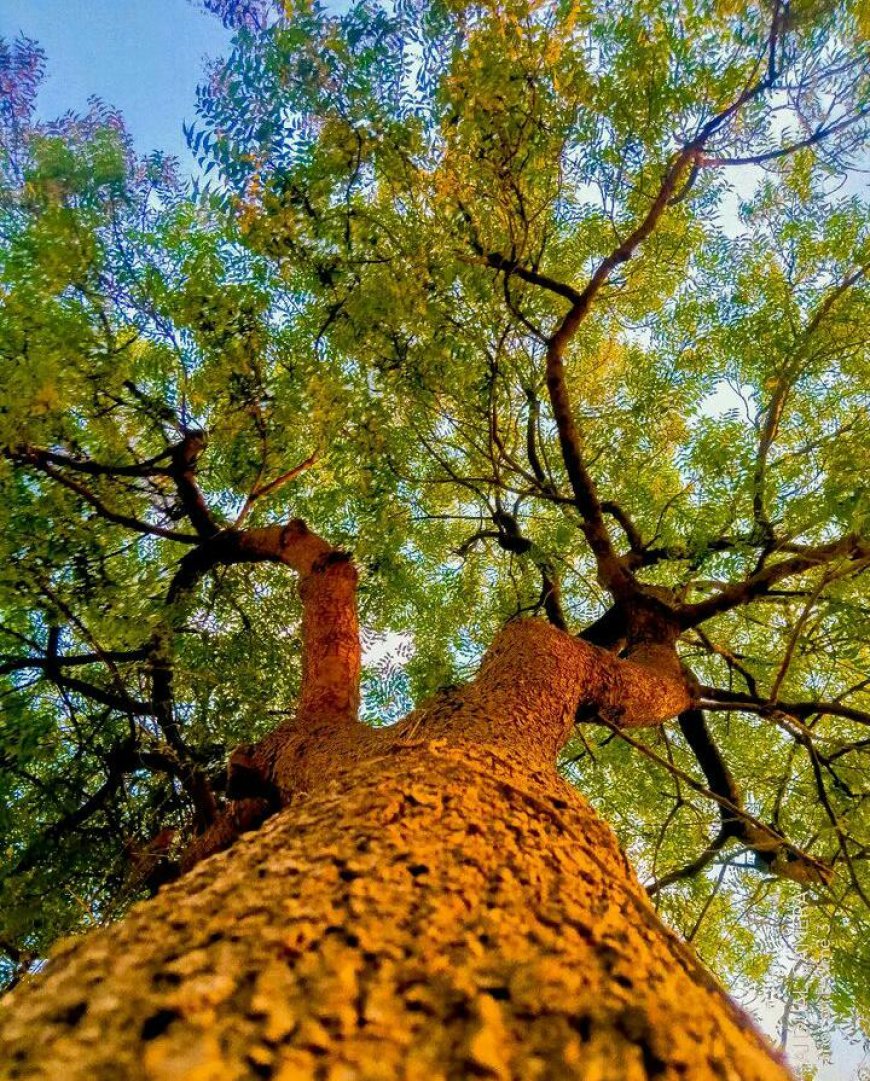
Old Intaran Tree (Photo Source: Editorial Collection)
The neem tree can reach heights of up to 20 meters. Thick-skinned, the leaves are roughly pinnate, uniform, oval, with serrated and pointed edges. The fruit is a drupe with a length of approximately 1 cm and a slightly oval shape. Intaran fruit is produced one to two times a year. The seeds are covered with a brown hard shell and inside is a white rind. Intaran leaves are arranged in a spiral pattern and unite at the end of the chain to form compound leaves. At the end of the stalk there are even numbered leaflets of 8 to 16 leaflets. The color of the leaves is greenish brown, the leaves are slightly curved, sickle-shaped, symmetrical, and the length of the leaf blade is 5 cm, with a width of about 3 cm to 4 cm.
In Bali, the intaran plant has three main benefits for the community. First, intaran or neem certainly has its main use as a traditional medicine. Almost all parts of this plant can be used in the healing process of a disease. Scientifically, the intaran leaves from Taru Pramana contain β-sitosterol, hyperoside, nimbolide, quercetin, quercitrin, rutin, azadirachtin and nimbin. Some of these are thought to have the effect of suppressing cancer activity. The intaran tree has a variety of uses. In India it is called "The Village Pharmacy". Intaran is used to treat skin diseases, anti-inflammatory and fever. It has antibacterial, antiviral, antidiabetic, and anticardiovascular properties, (McCaleb, 1986). Neem is also used for the treatment of hypertension, deworming, and ulcers. The bark or bark can be brewed, and the brew is used as a malaria remedy. The bark or trunk cut at a certain point over many years will produce a large amount of liquid. In India this liquid can be drunk as a remedy for stomach ailments. The leaves are very bitter and are used as animal feed in Madura. A decoction of the leaves can increase appetite, treat dysentery, ulcers, and malaria. The oil is used to treat eczema, dirty head, scabies, parasites, to inhibit the proliferation of bacteria. The bark is used to treat stomach pain, strengthen the stomach and reduce fever.
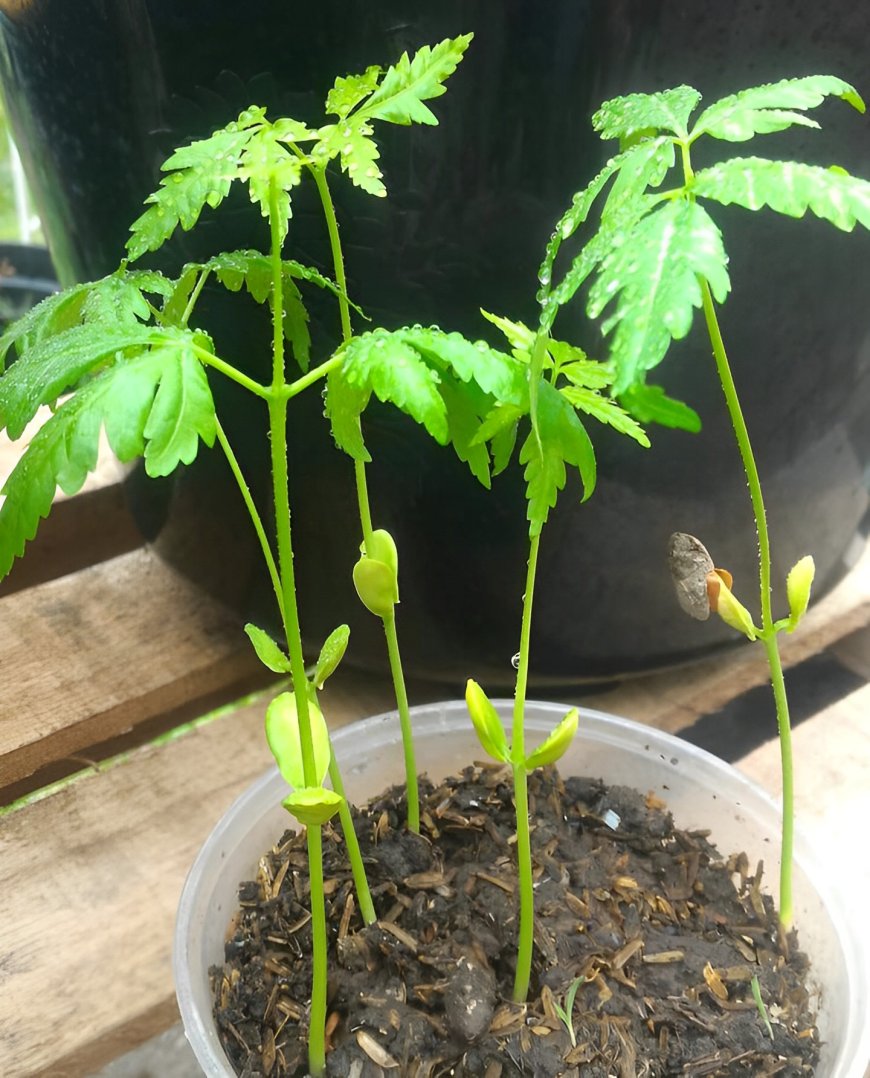
Intaran Tree Seedlings (Source Photo: Editorial Collection)
Some of the treatment recipes using neem trees that are often used are recipes for dysentery. First, third of a handful of neem leaves and 2 neem stems that have been washed and cut into pieces beforehand are needed. After that, boil both parts of the neem tree with 3 cups of clean water until only 3/4 of it remains. Cool the neem decoction, then strain and add sugar as needed. This herb can be drunk 2 times a day as much as 3/4 cup. To treat eczema, 20 neem leaves are washed and finely ground, kneaded with whiting water as needed, then applied to eczema-affected skin and bandaged twice a day as many times as needed. The last recipe, intaran leaves can be used to treat insanity along with several other medicinal ingredients such as munggi, mustard, and teriketuka. The ingredients are then processed into drops (Pulasari, 2009).
The second benefit as well as being a mythology of the Hindu community in Bali is that intaran leaves are used as a complement to religious ceremonies, namely the Pitra Yadnya ceremony series. In the procession of Mreteka Layon (bathing the corpse), Hindus believe that by using sheets of intaran leaves on both sides of the eyebrows of the corpse that has been bathed, the reincarnation of the layon will later have a beautiful eyebrow shape, curved sharply like an intaran leaf. The use of intaran leaves in this procession is done by placing a leaf on each side of the eyebrow, where the ends of the leaves are faced outward, to the right and left sides.
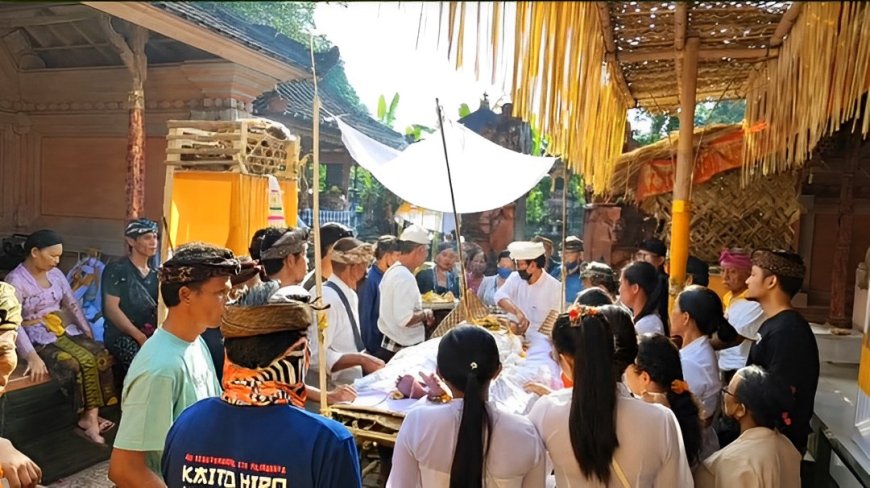
Mreteka Layon Procession (Photo Source: Editorial Collection)
It is undeniable that pesticides are one of the ingredients needed by farmers to get a good harvest. Intaran leaves can also be used as a biopesticide (natural pesticide). Intaran is used as a vegetable pesticide by combining a mixture of other ingredients such as citronella, galangal, gadung, soap and alcohol. Intaran is said to be the king of organic pesticides because it contains the active ingredient azadirachtin (which is found in many seeds). Although natural pesticides from intaran do not kill target insects immediately (it takes 7-10 days), these pesticides are quite effective and have a specific impact on pest organisms.
The biodiversity and culture of the Balinese people, especially in terms of medicine that has long been utilized by our ancestors, should continue to be preserved. By knowing how magical and effective the intaran tree is and learning the philosophical meaning behind it, it is one way for us to continue to preserve it. Traditional medicine knowledge is like a "Library on Fire" (Soedjito, 2005) because traditional medicine knowledge can be a reference for the discovery of new drugs in the future.









